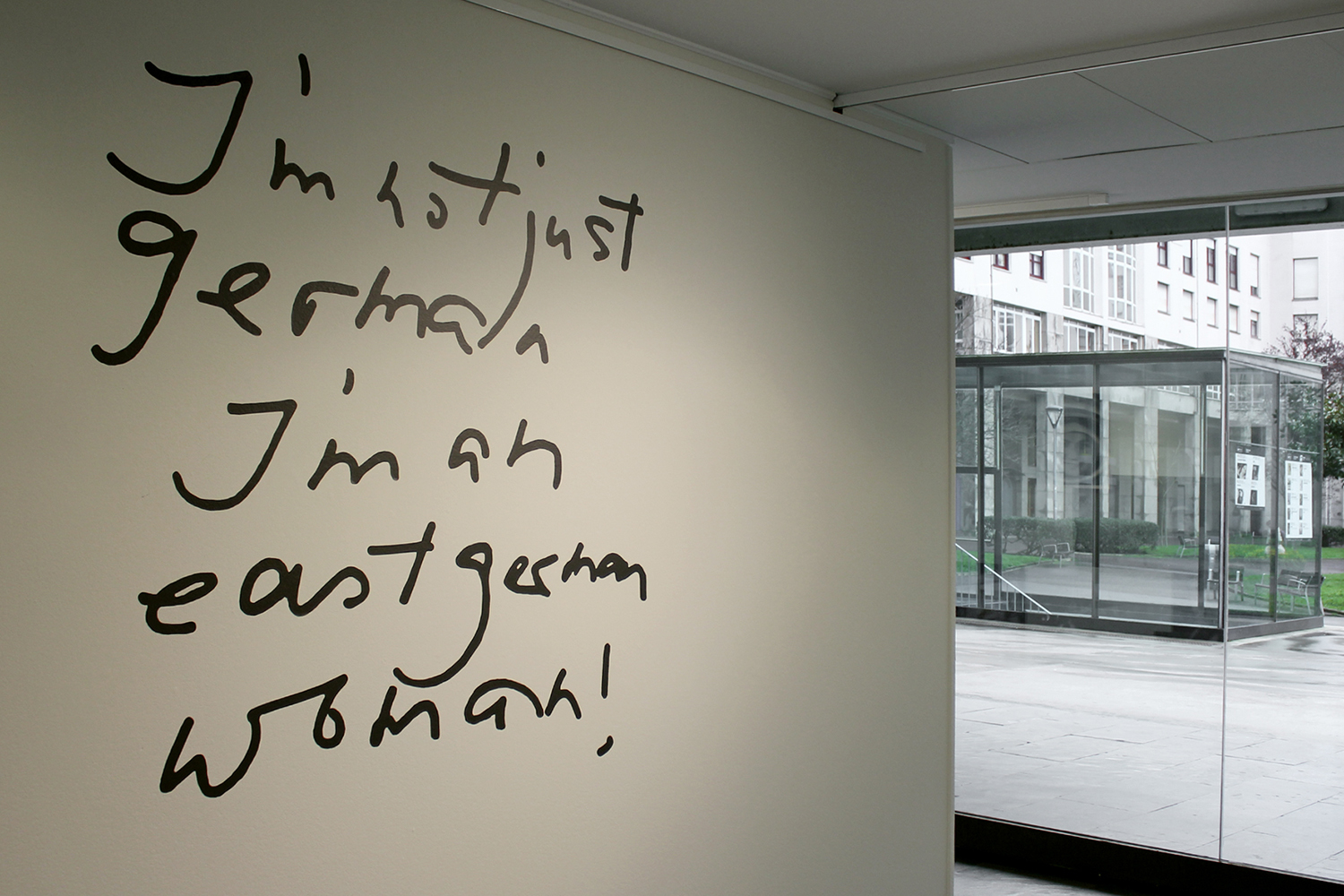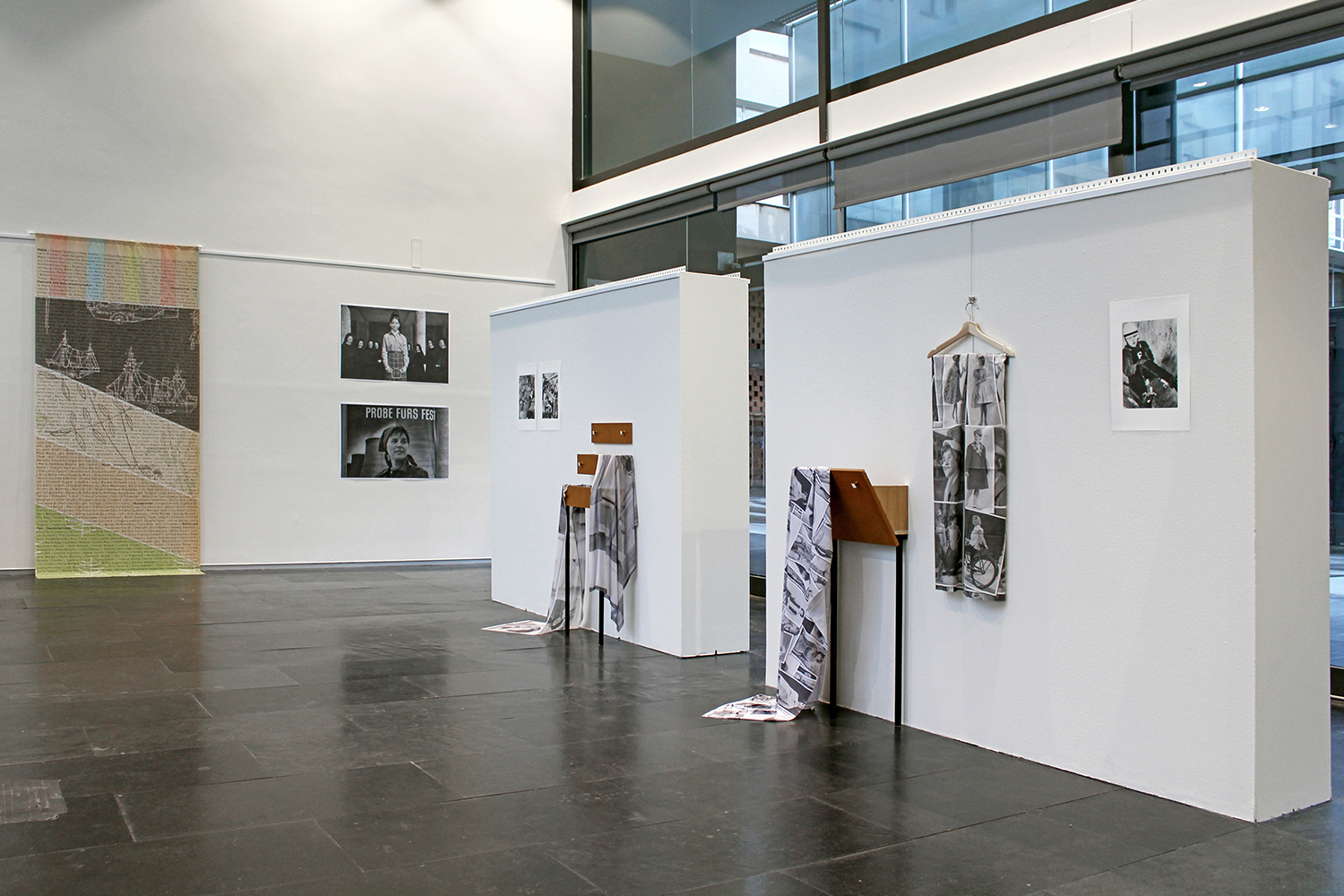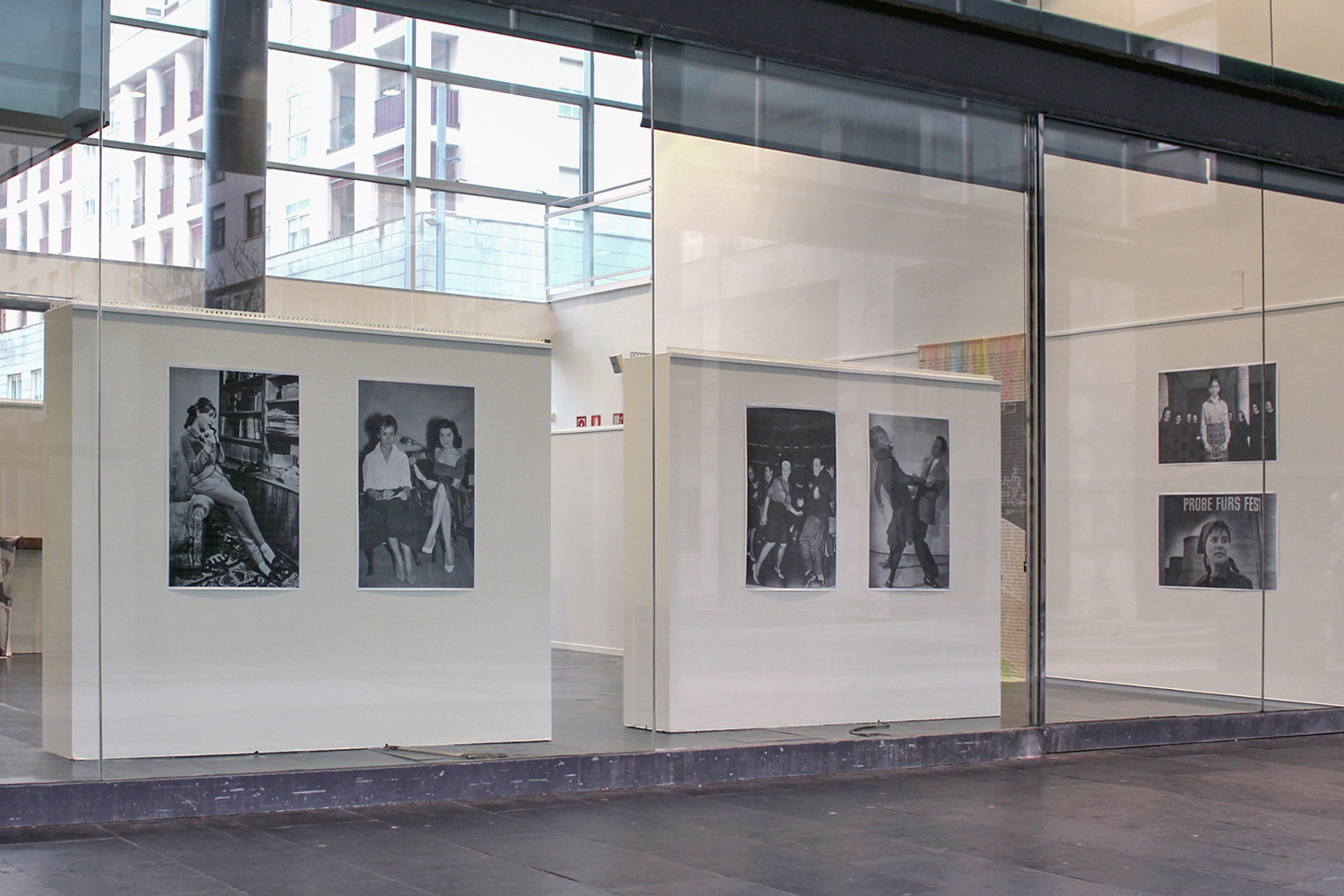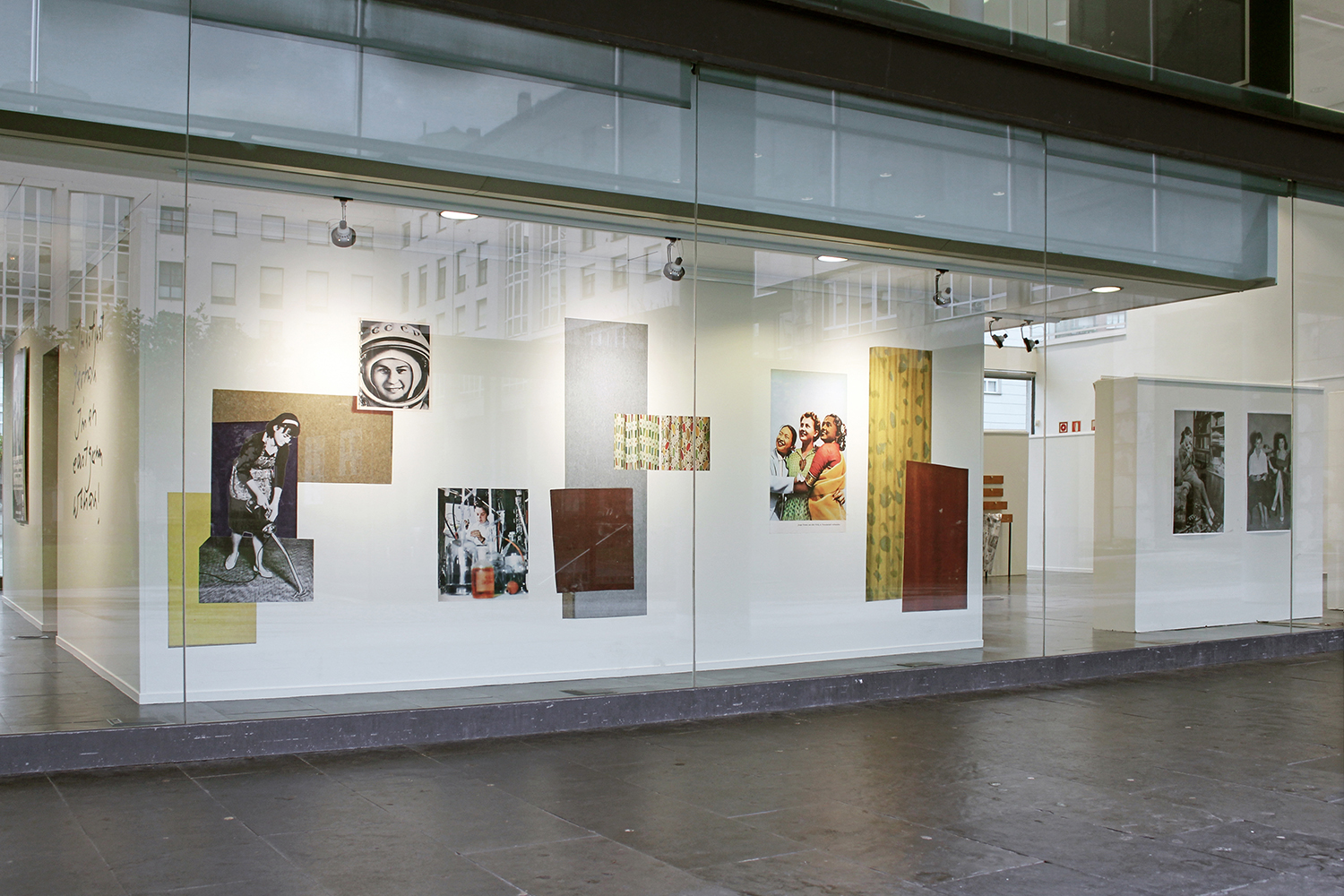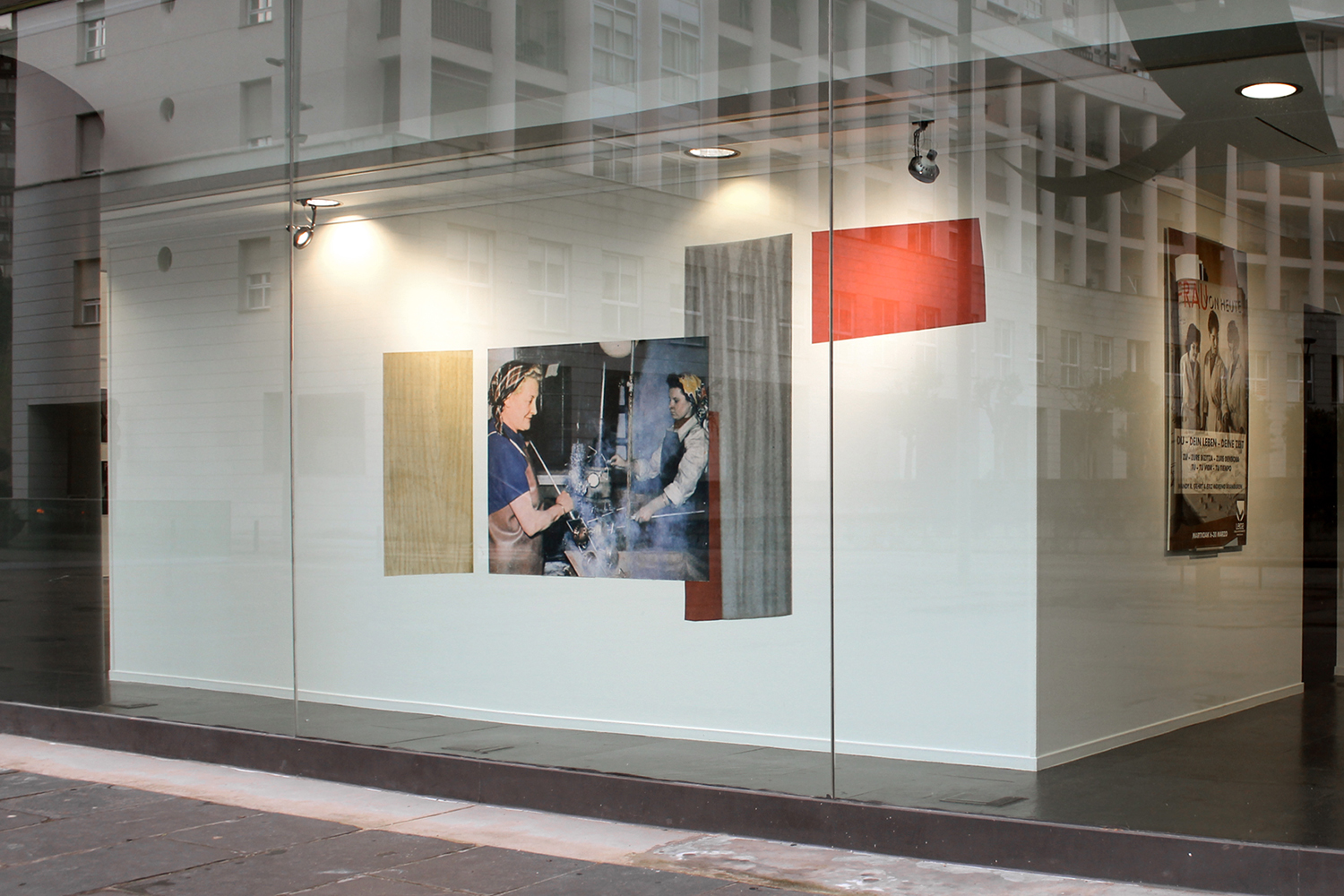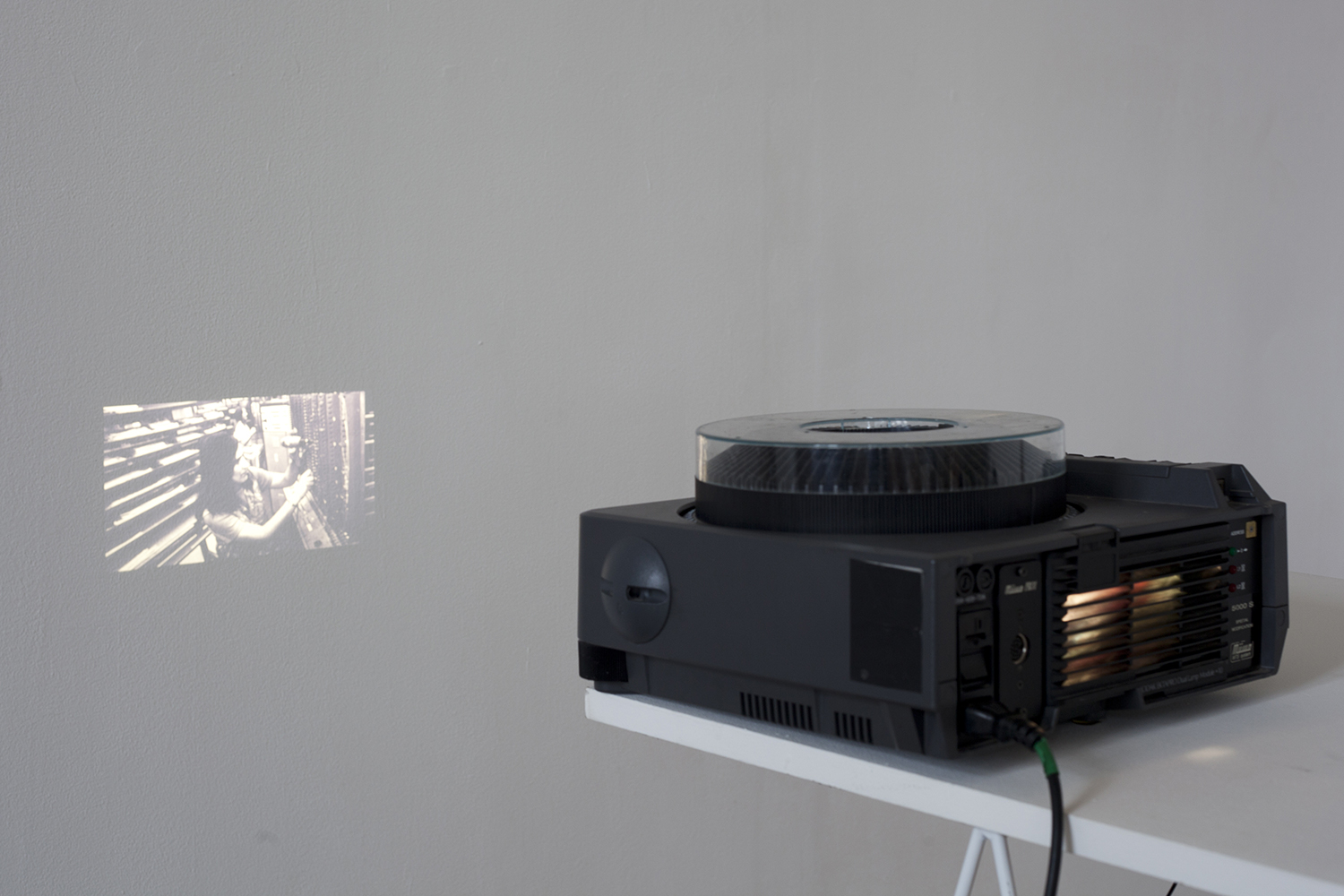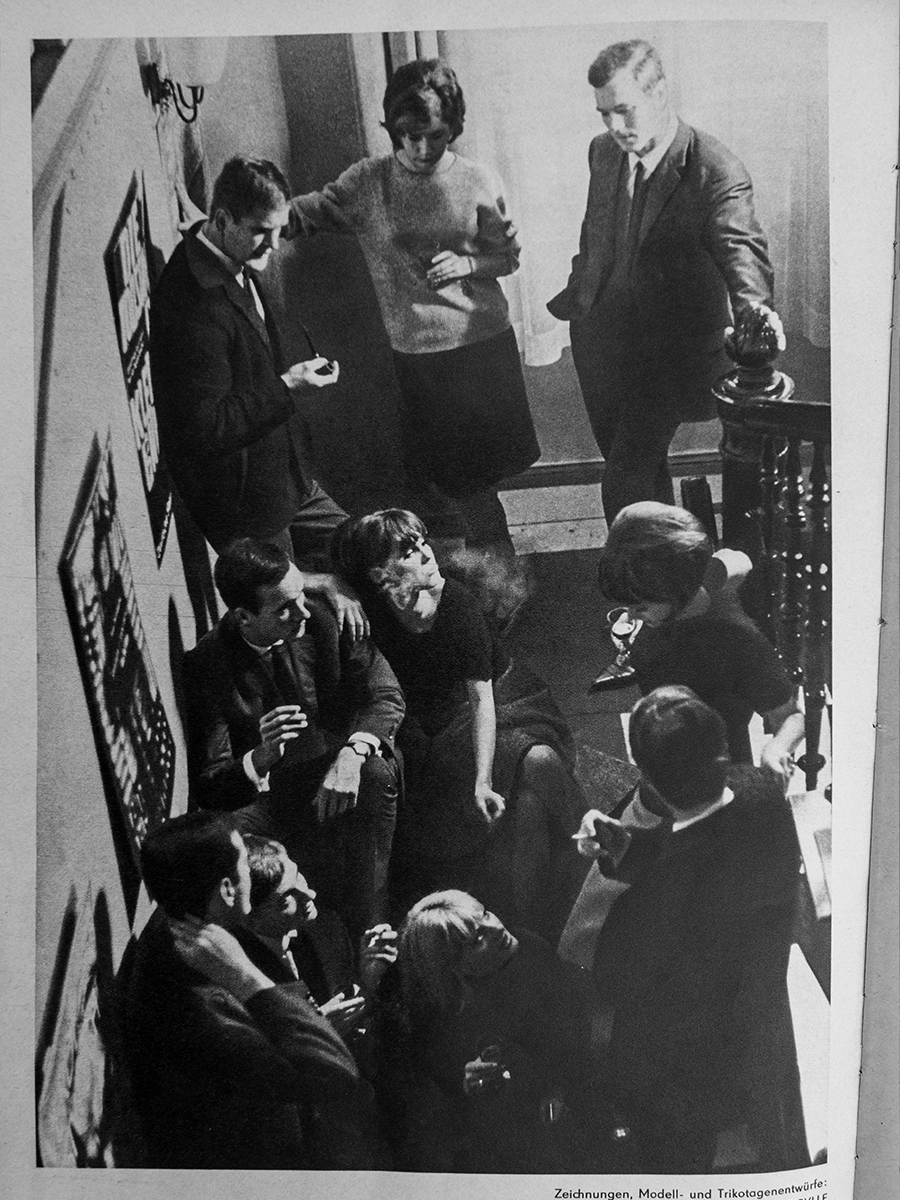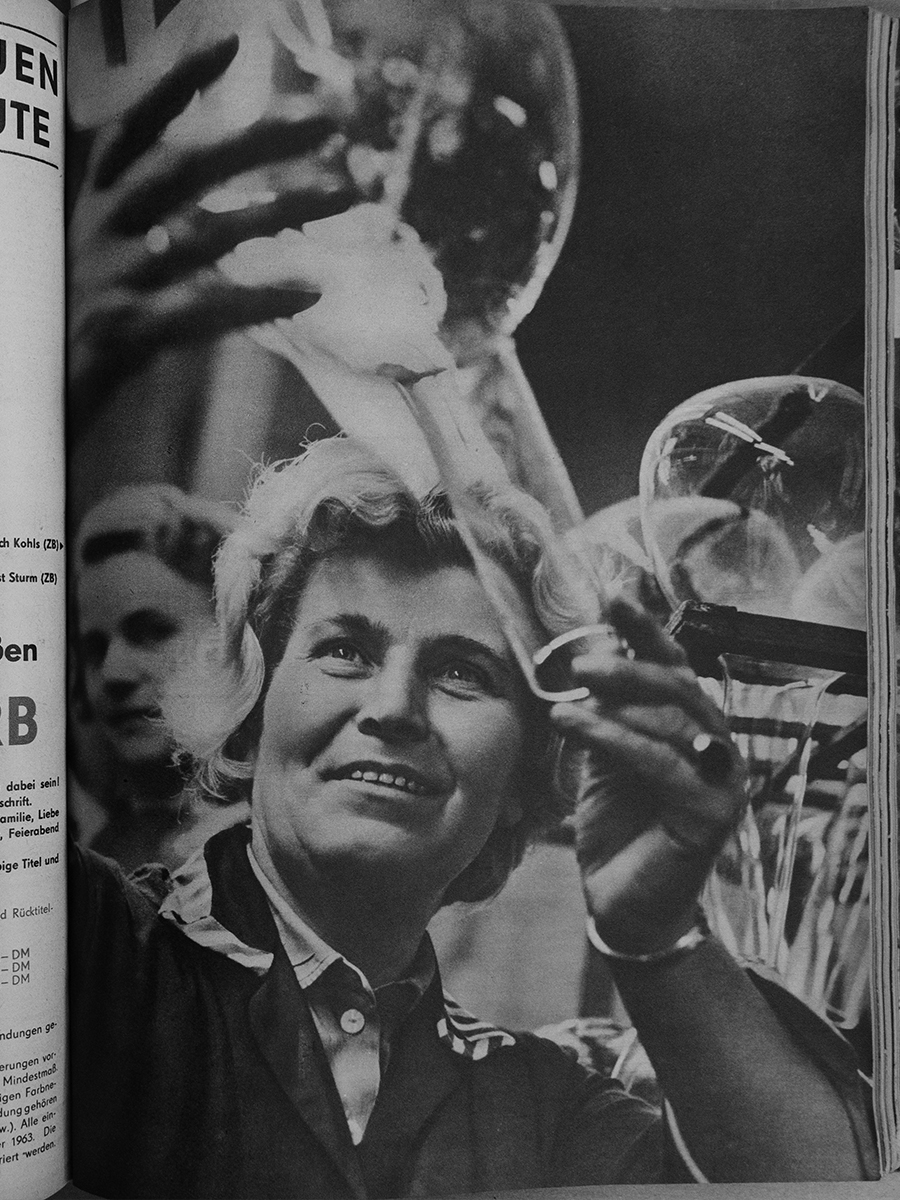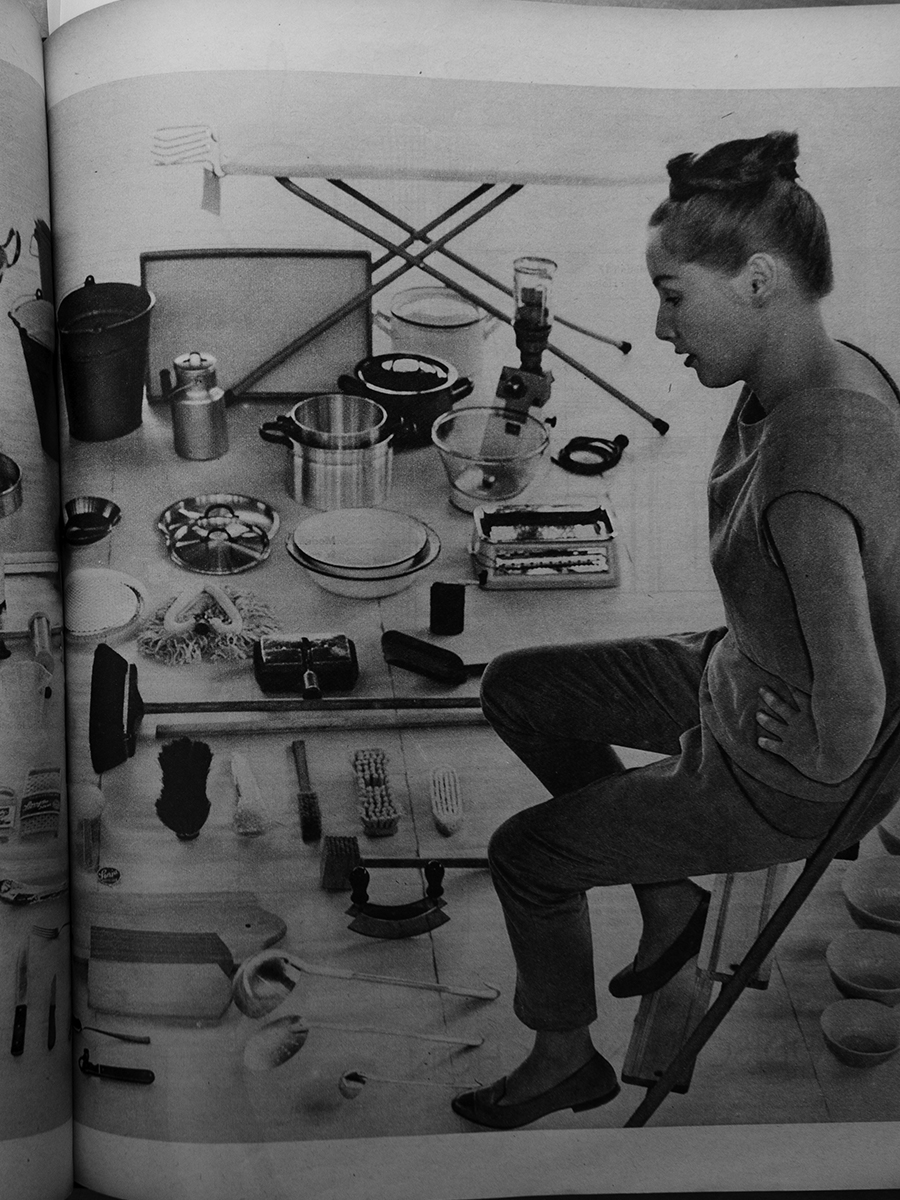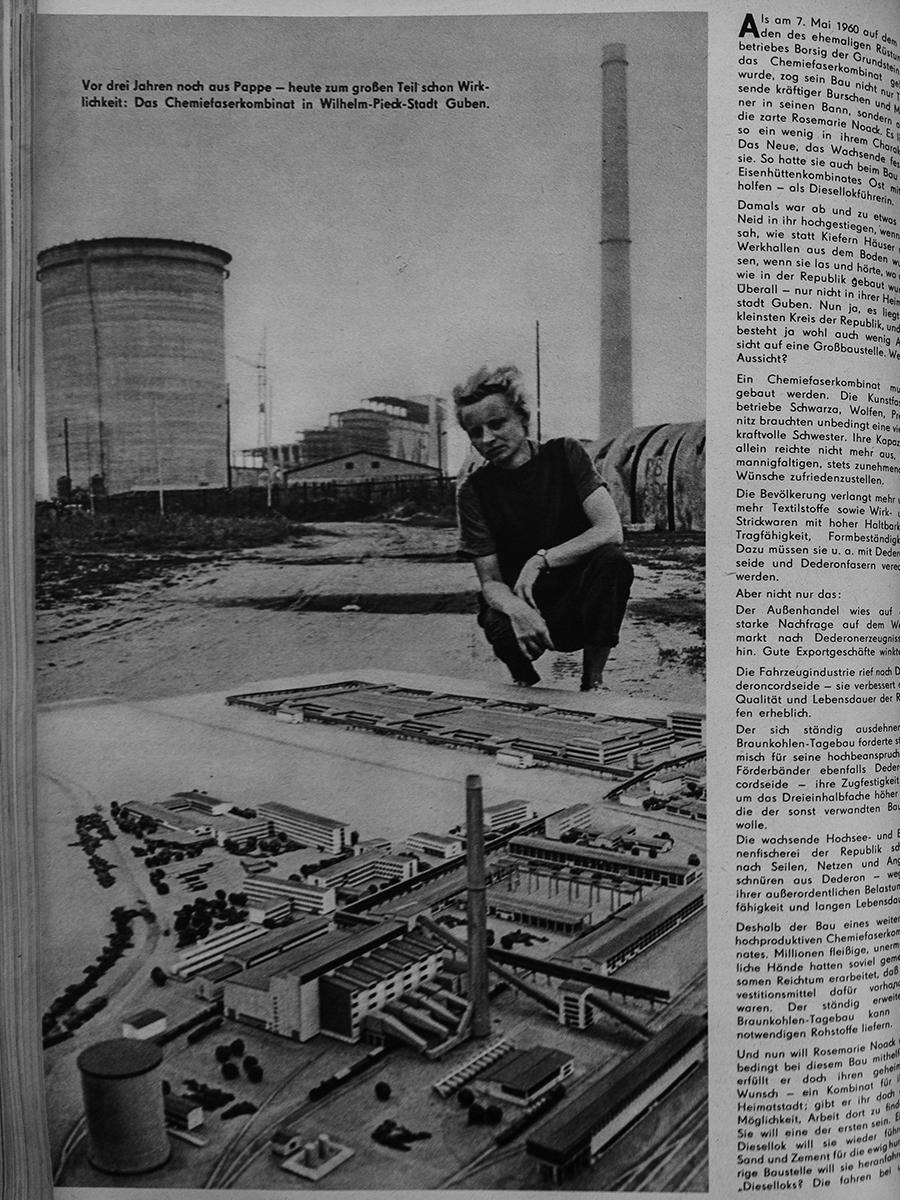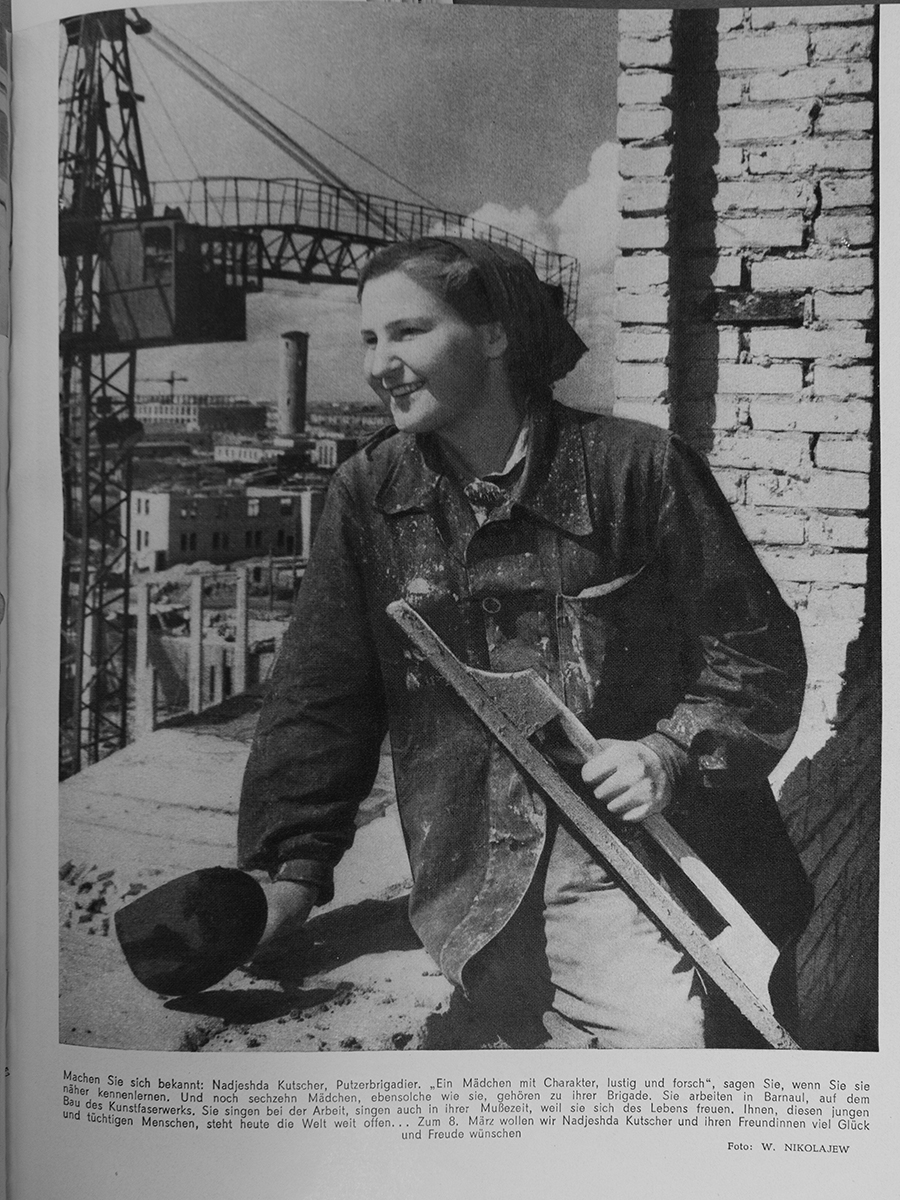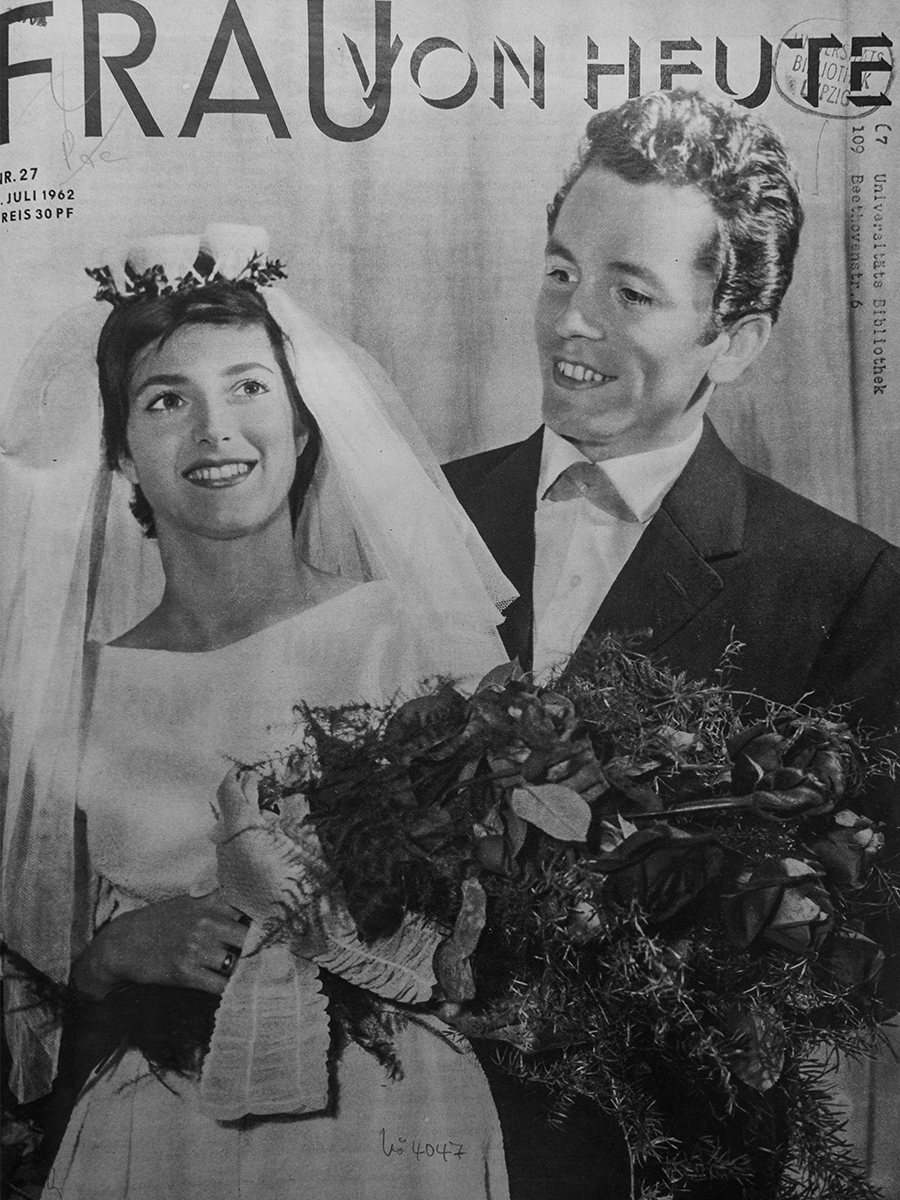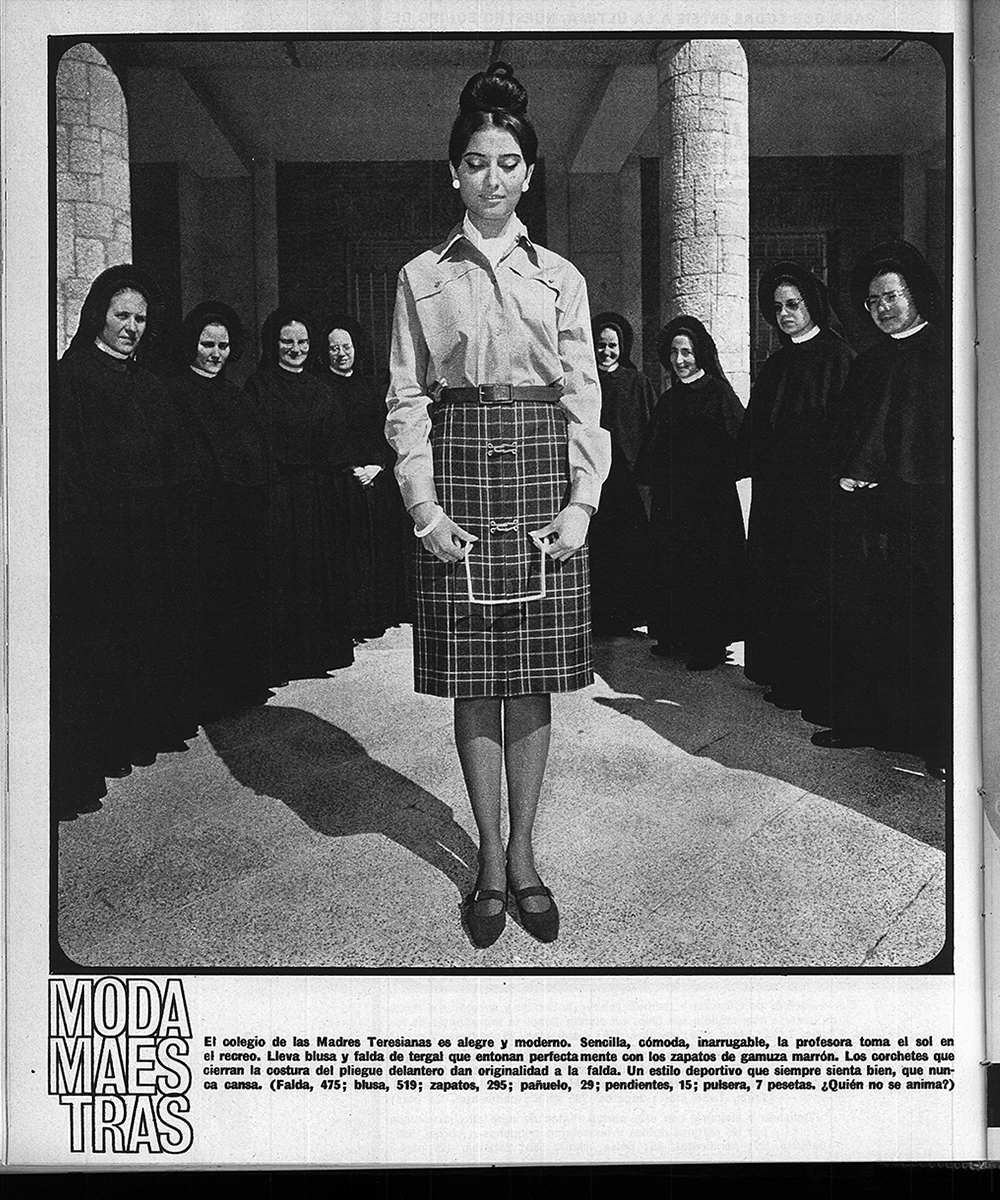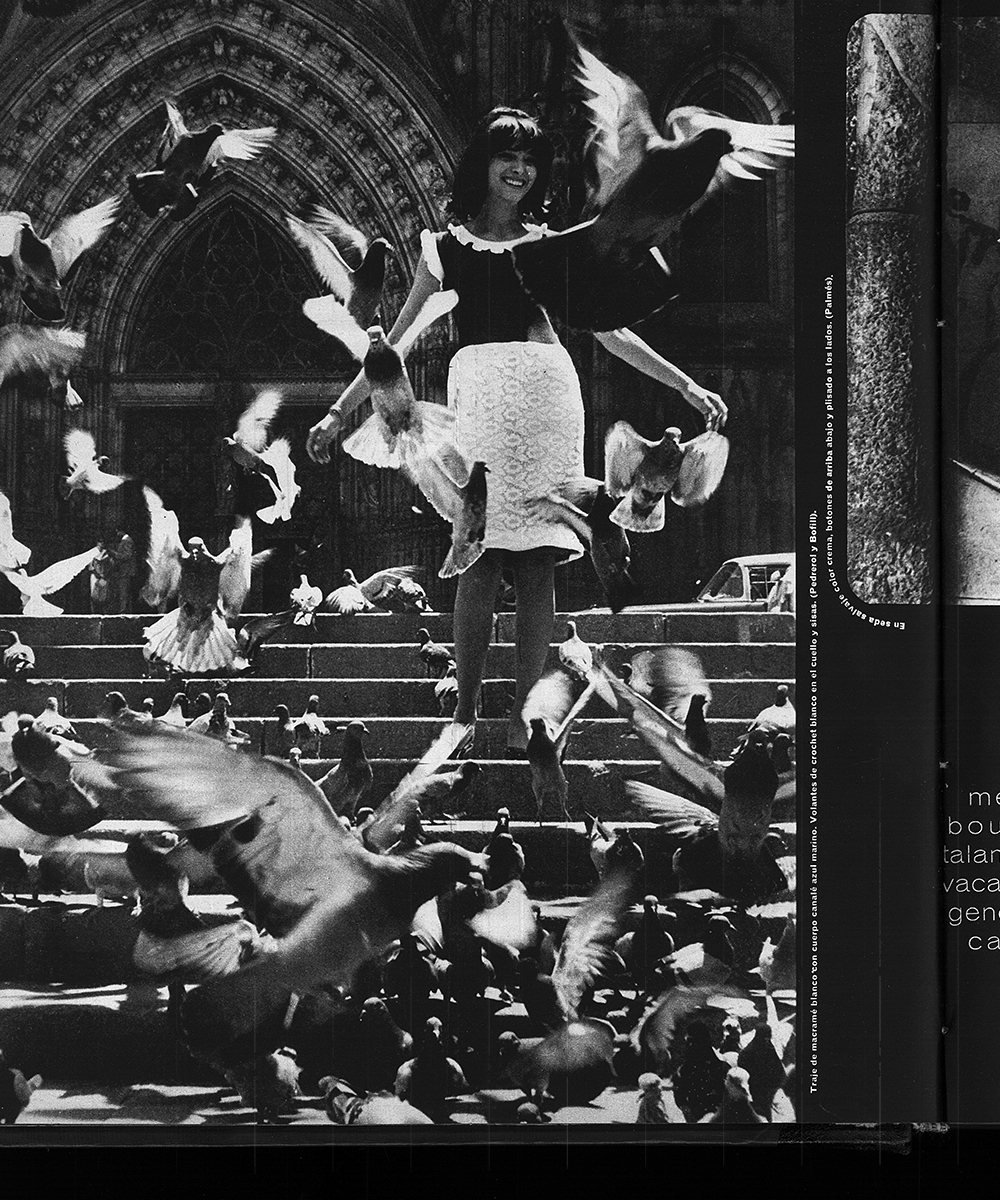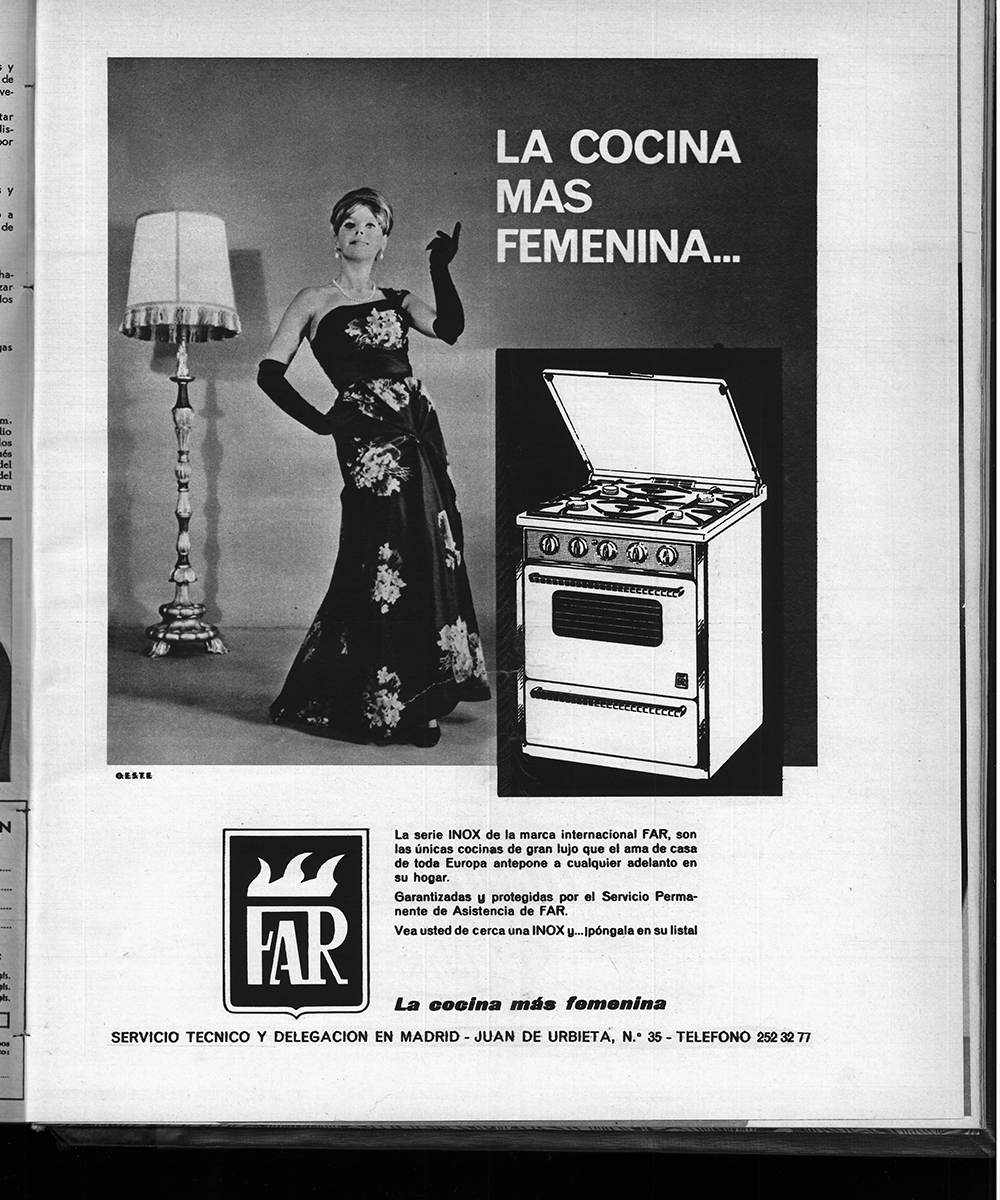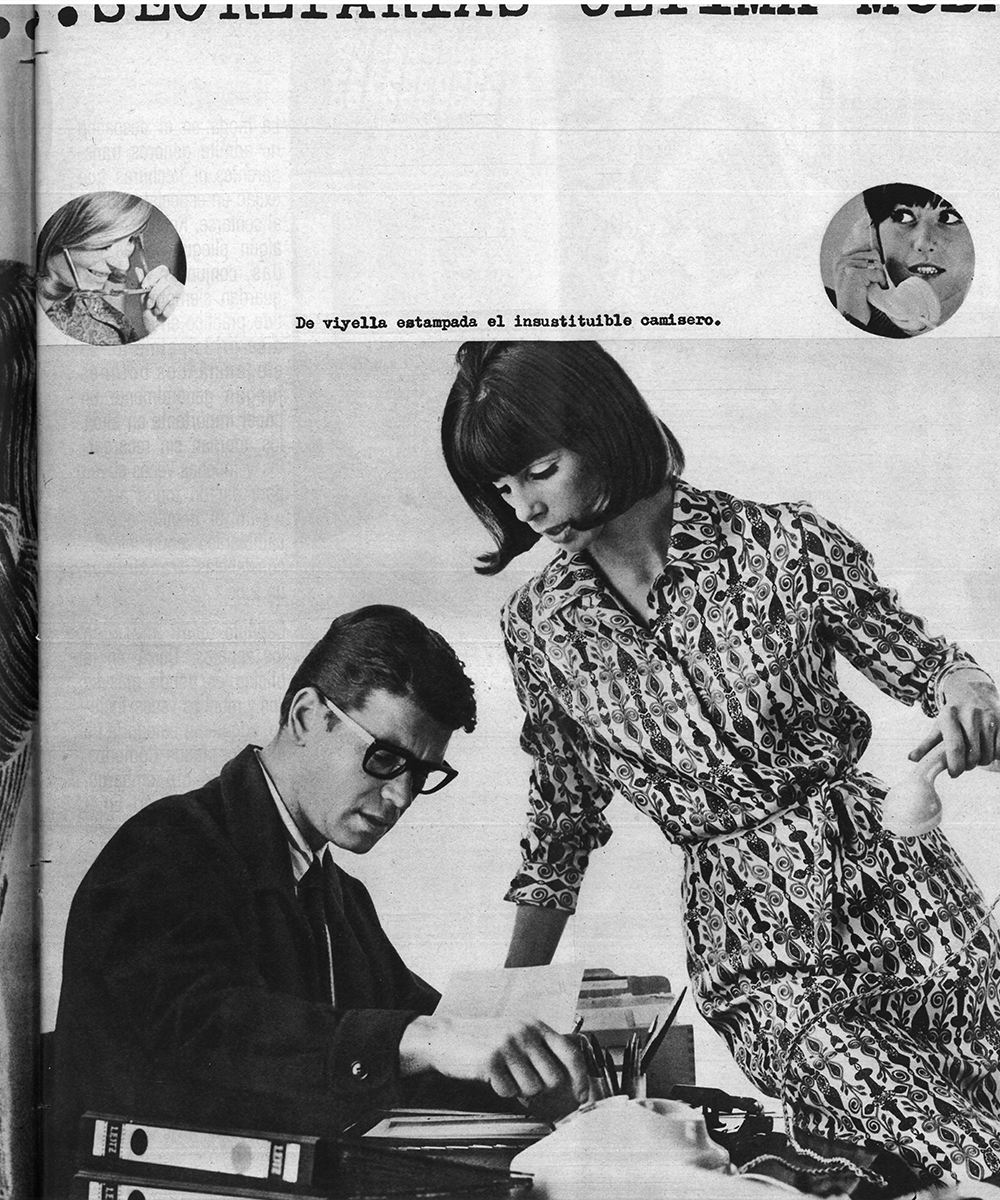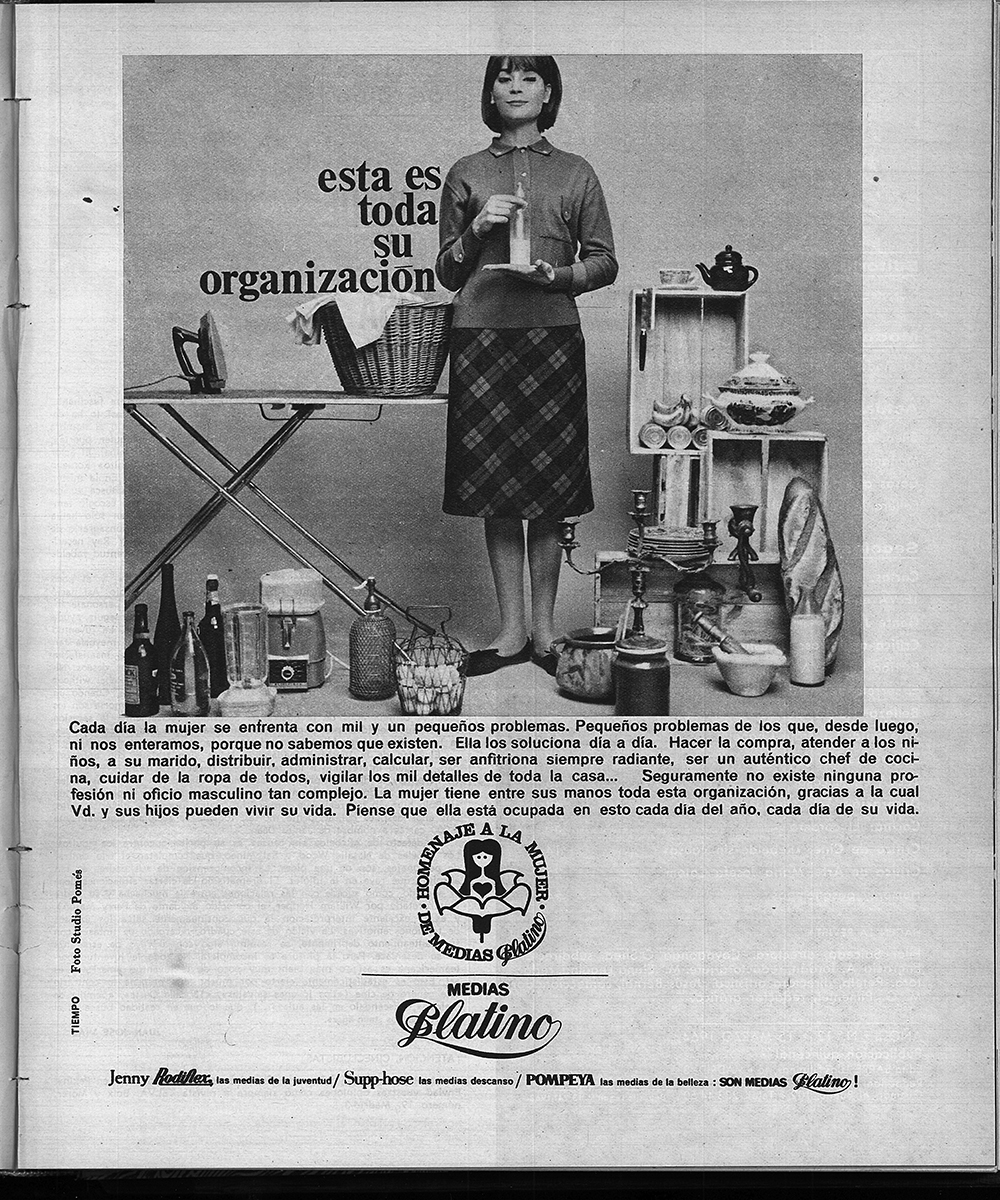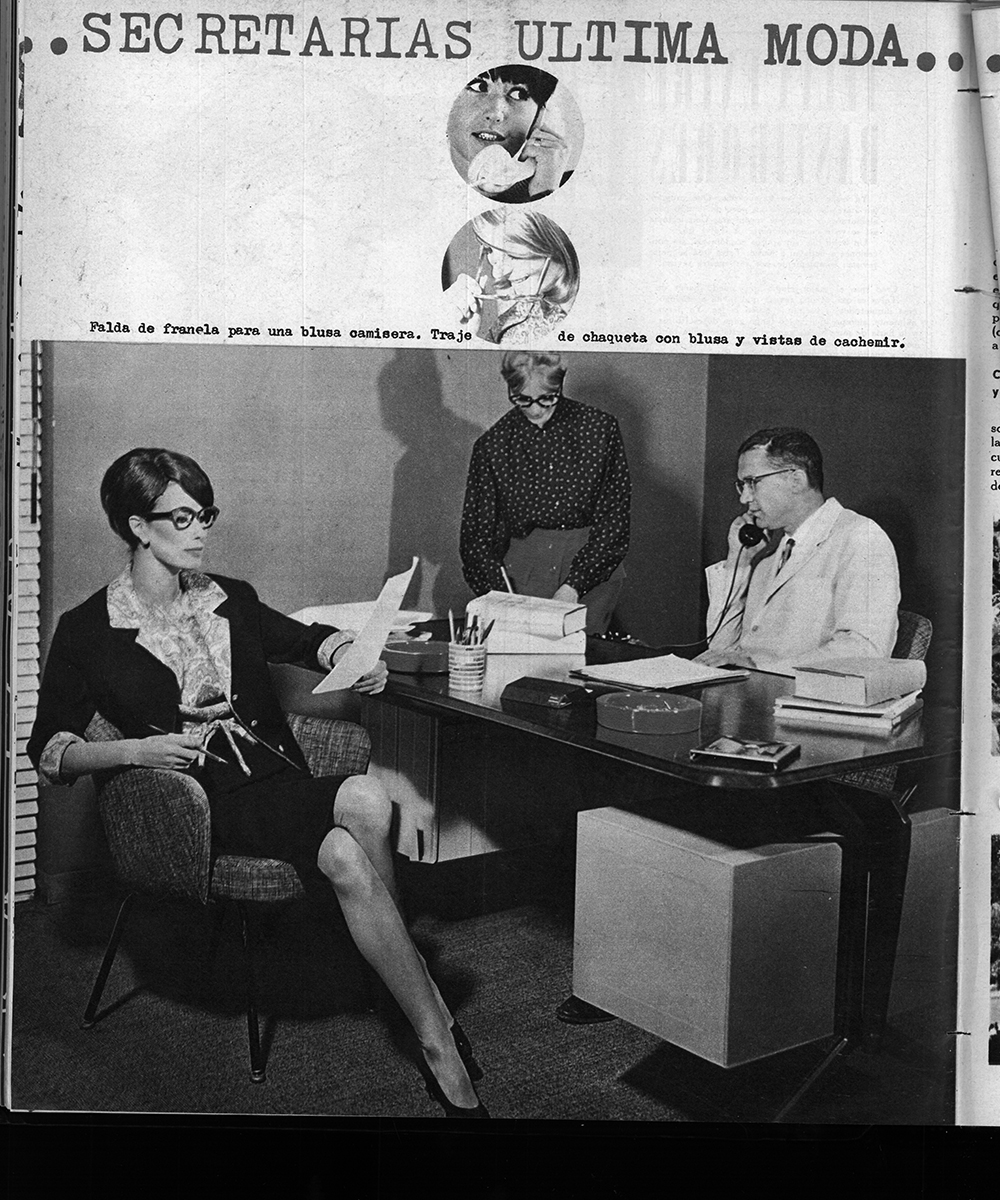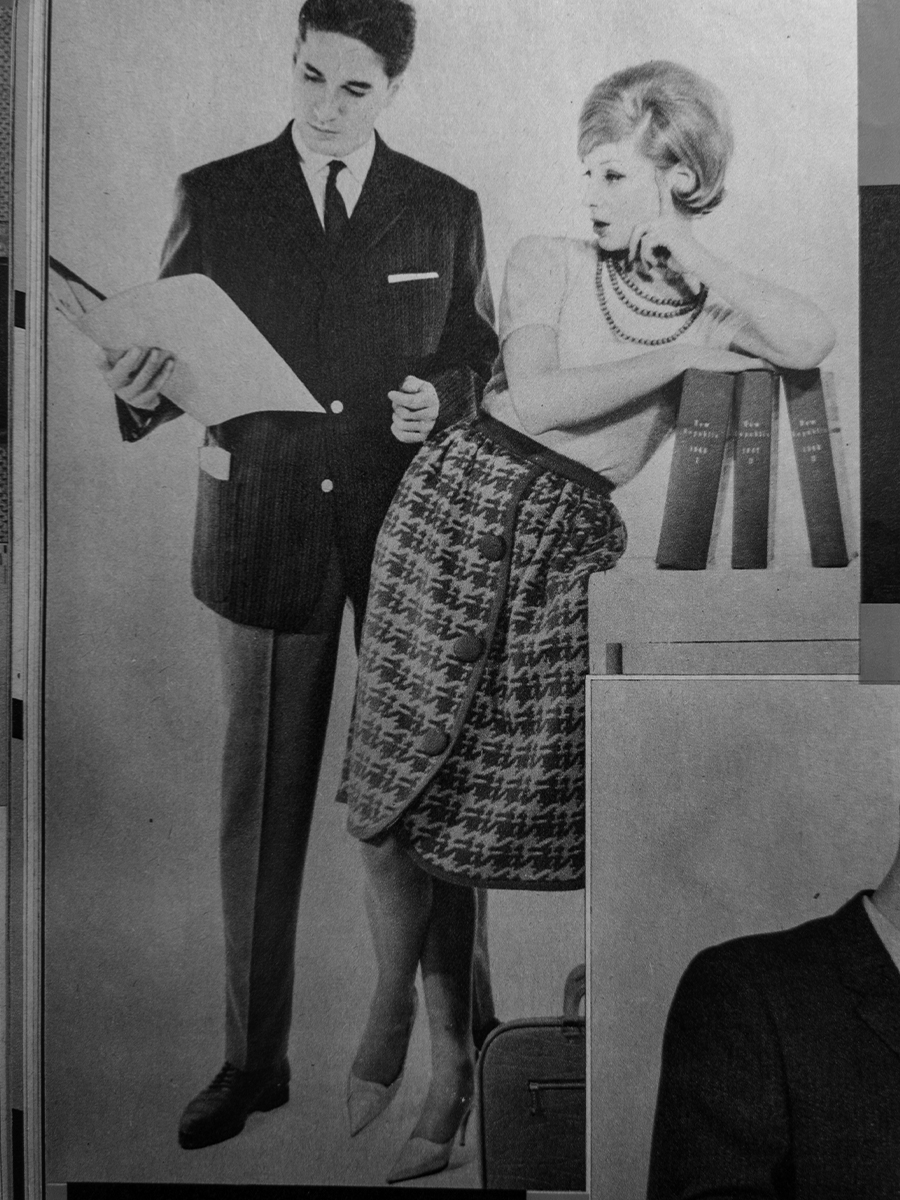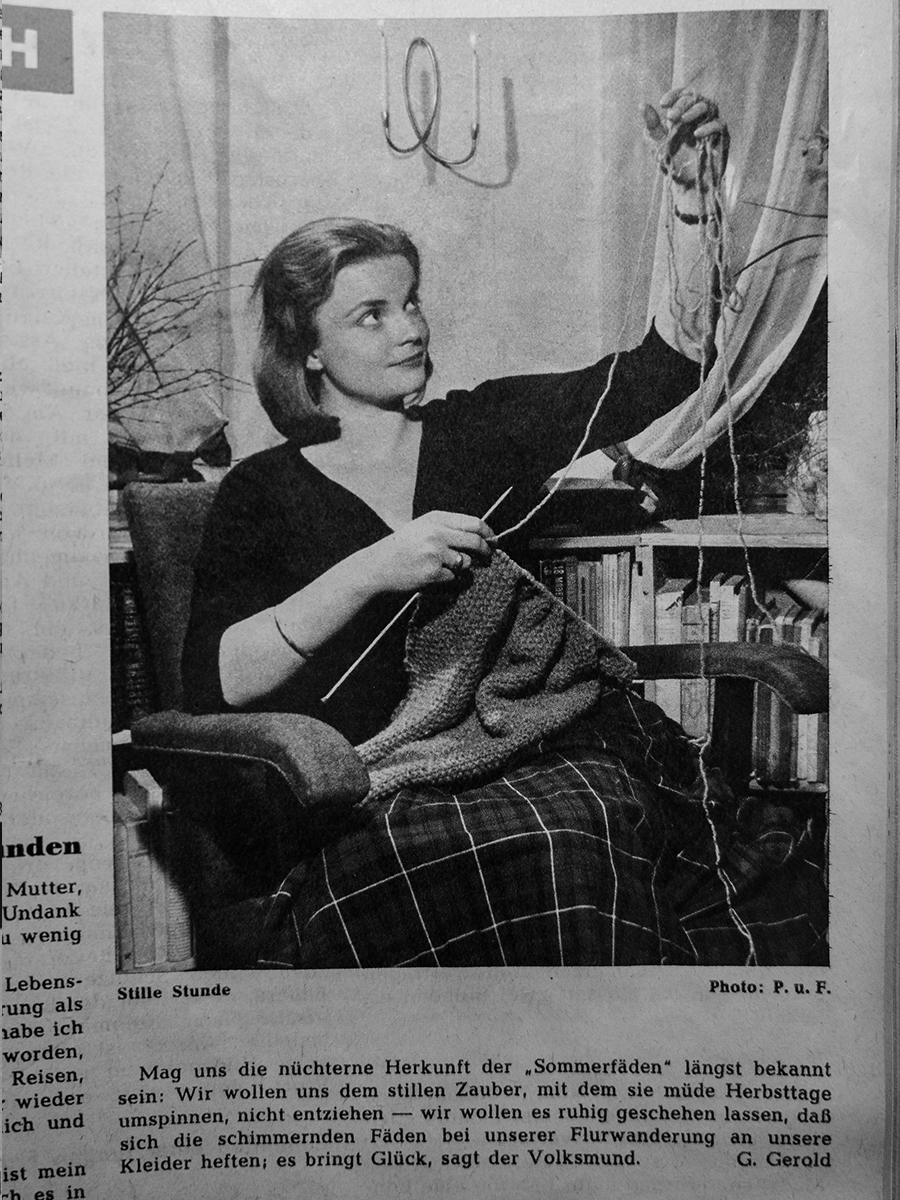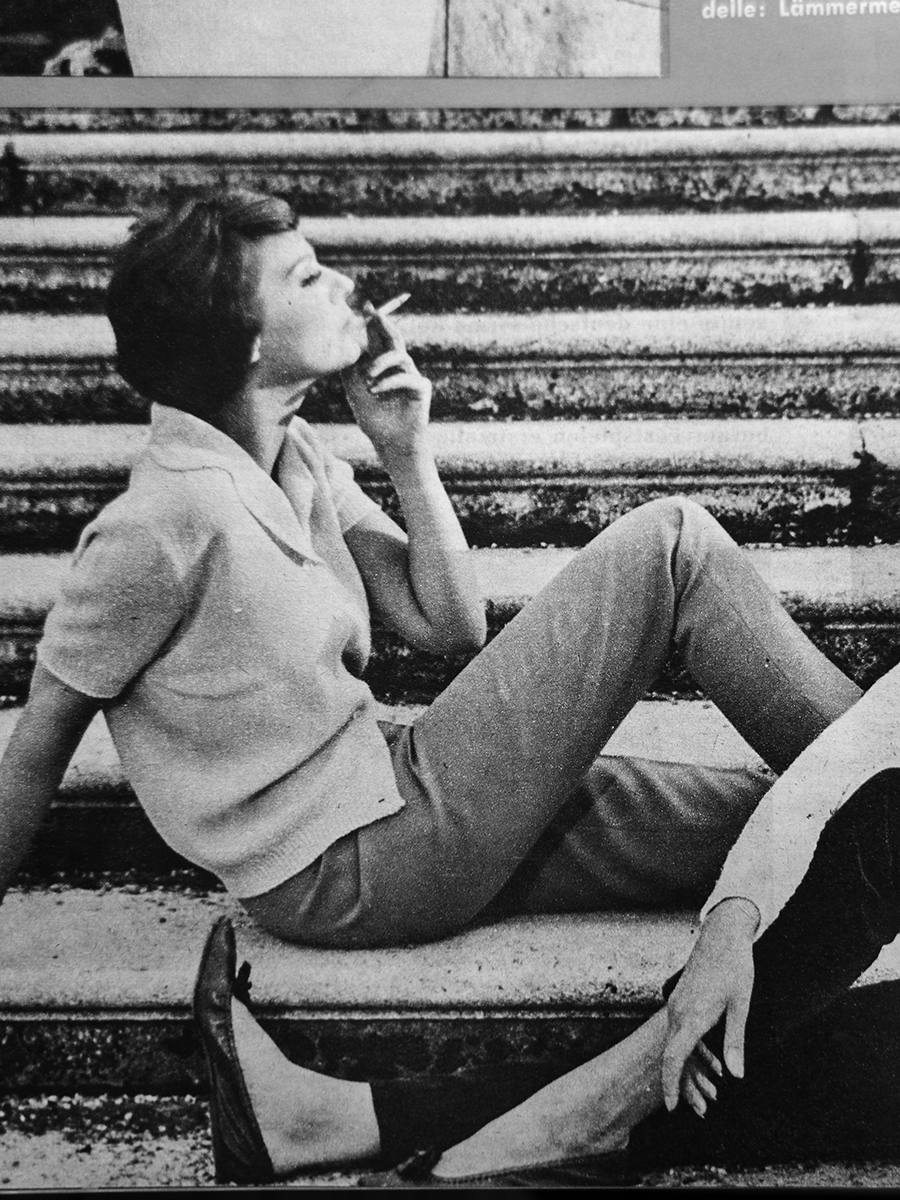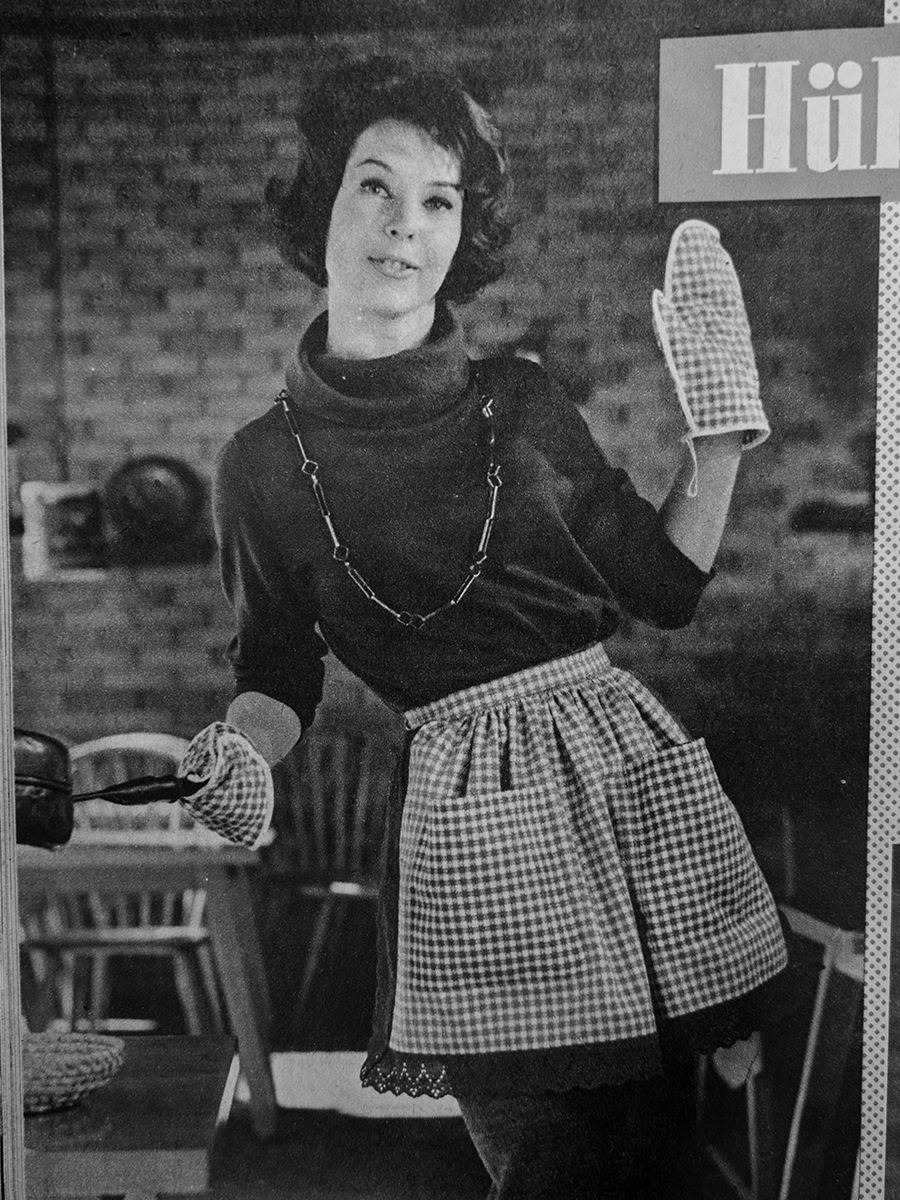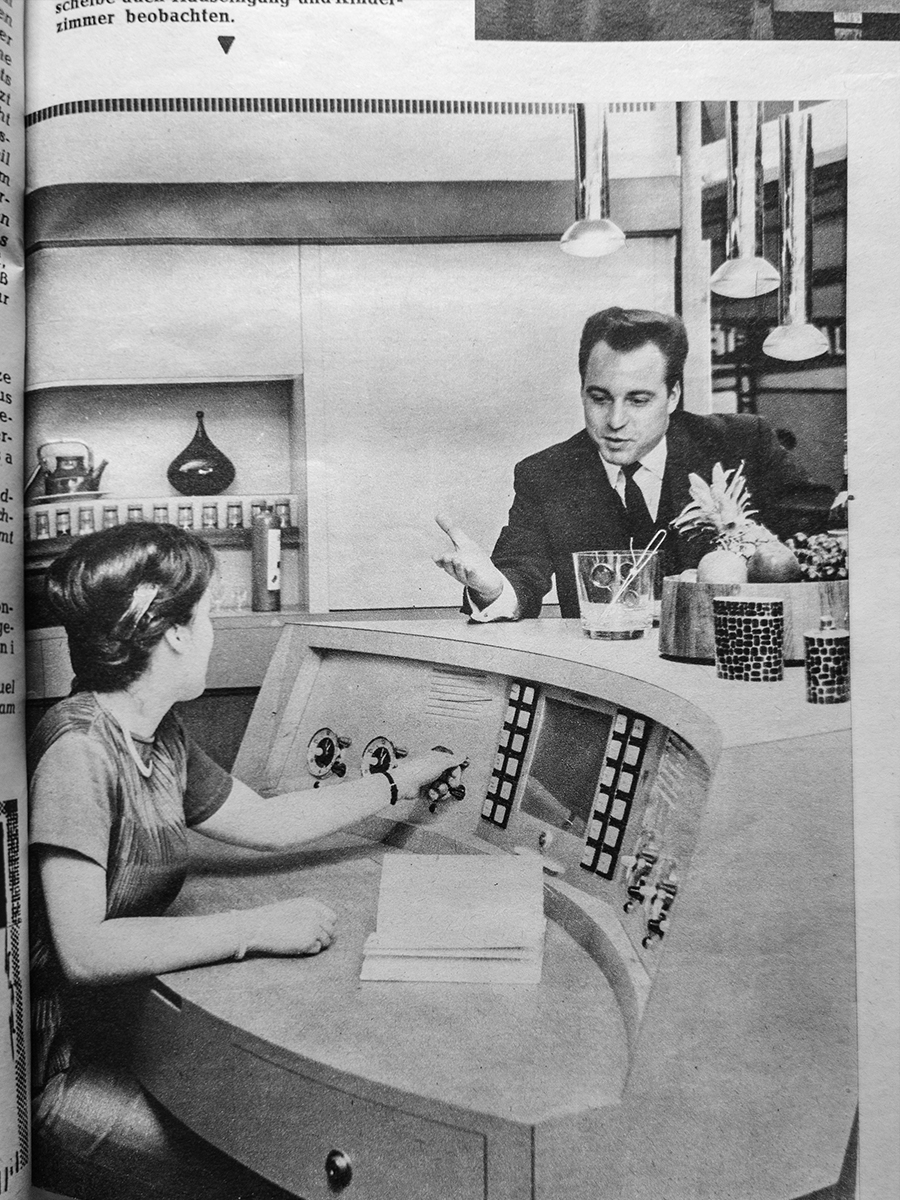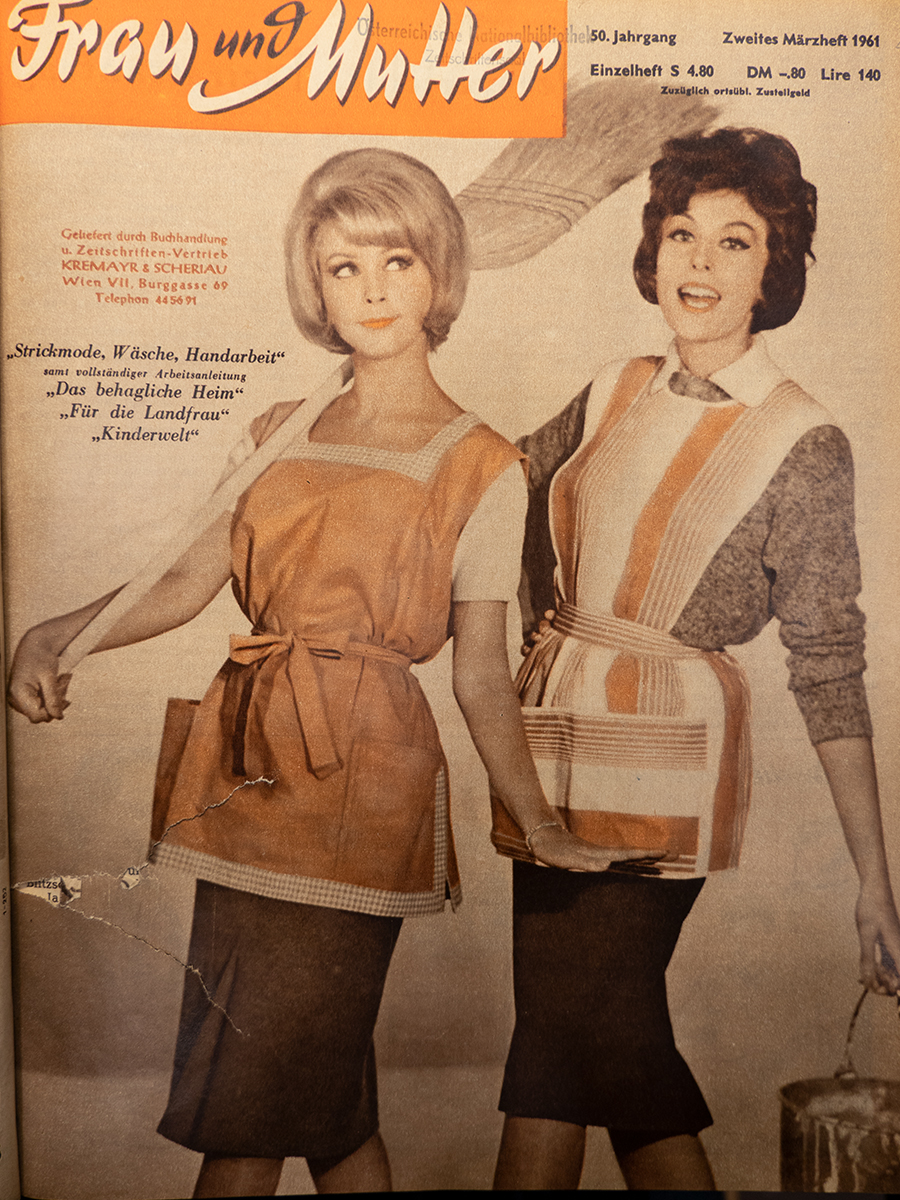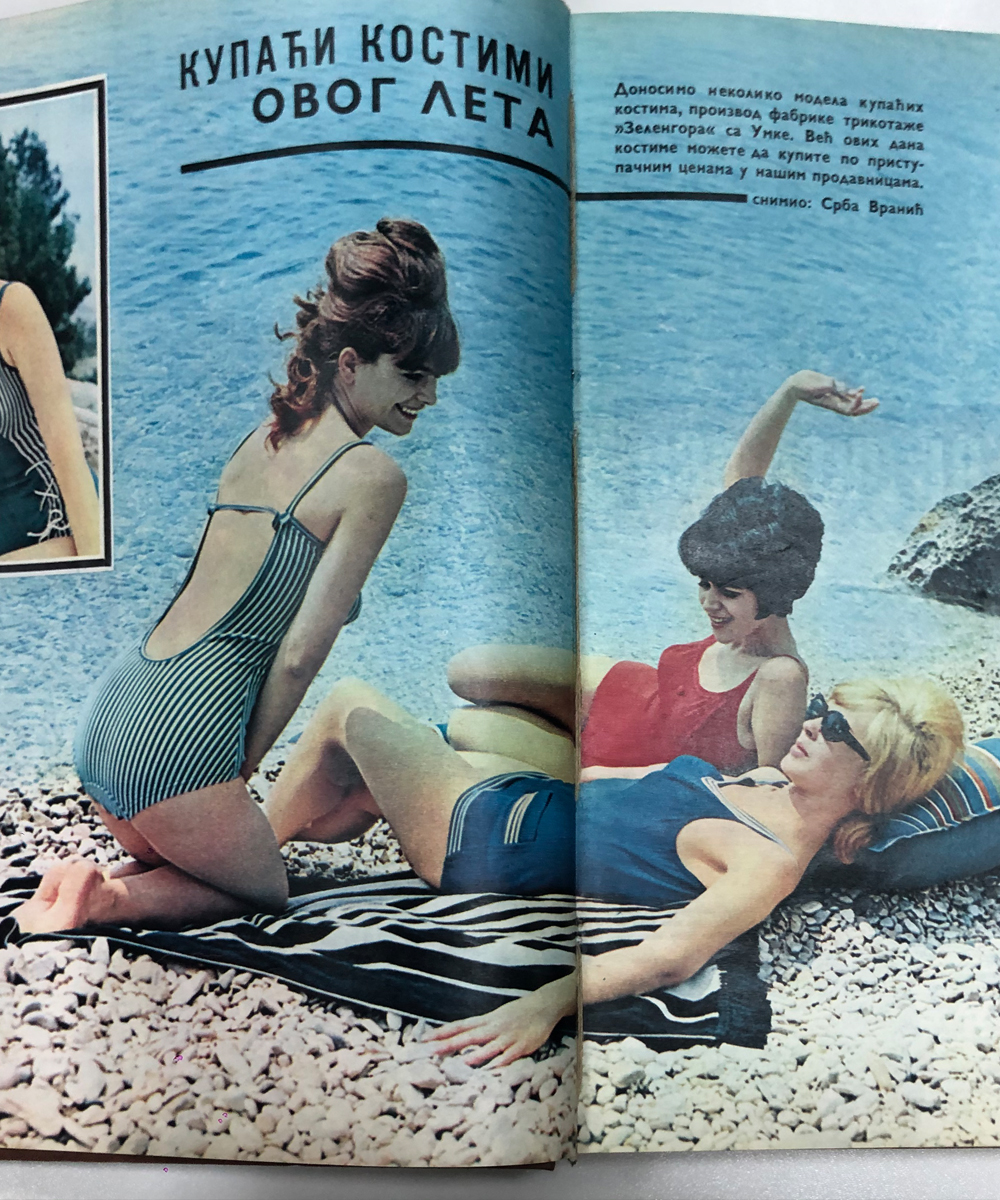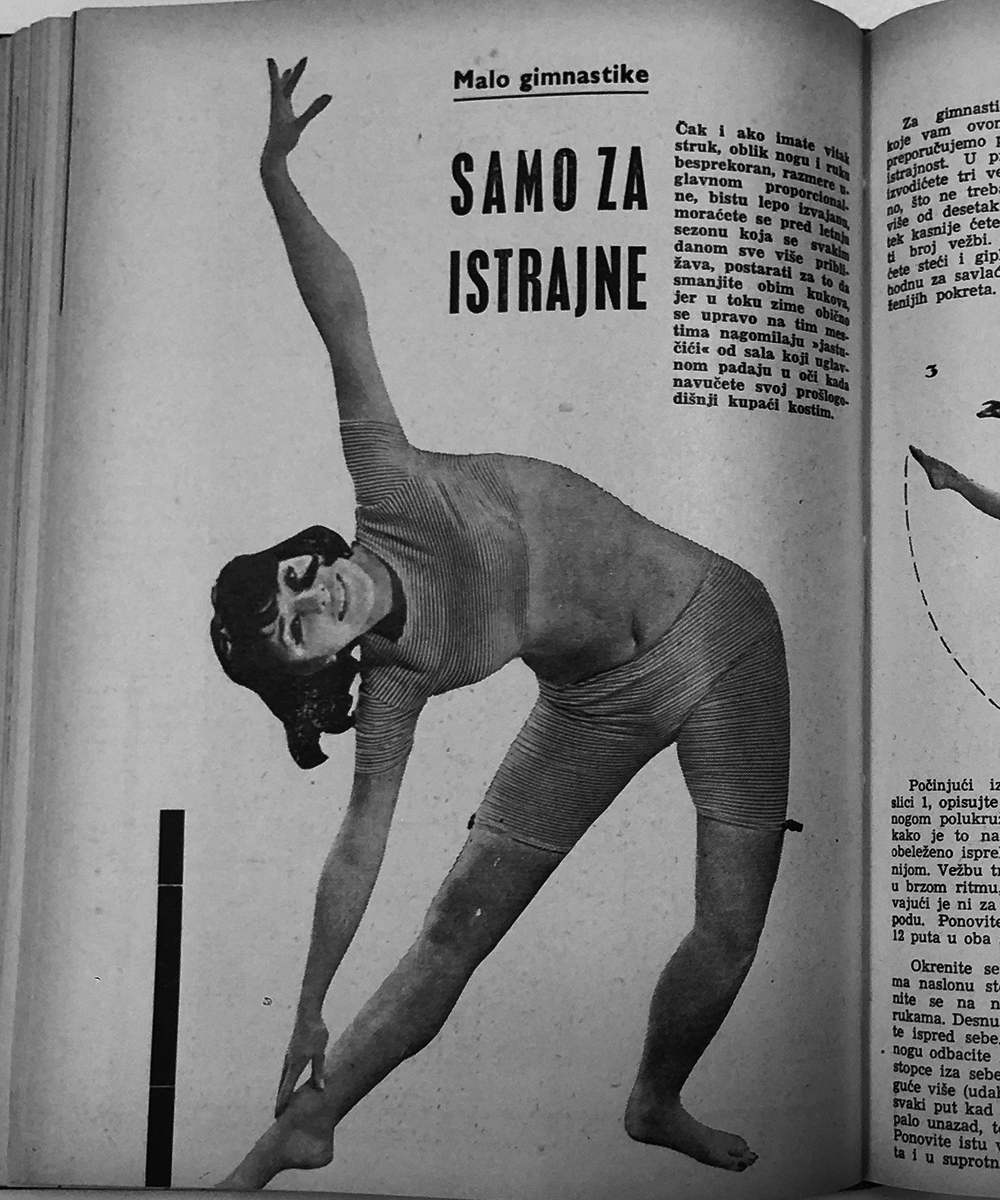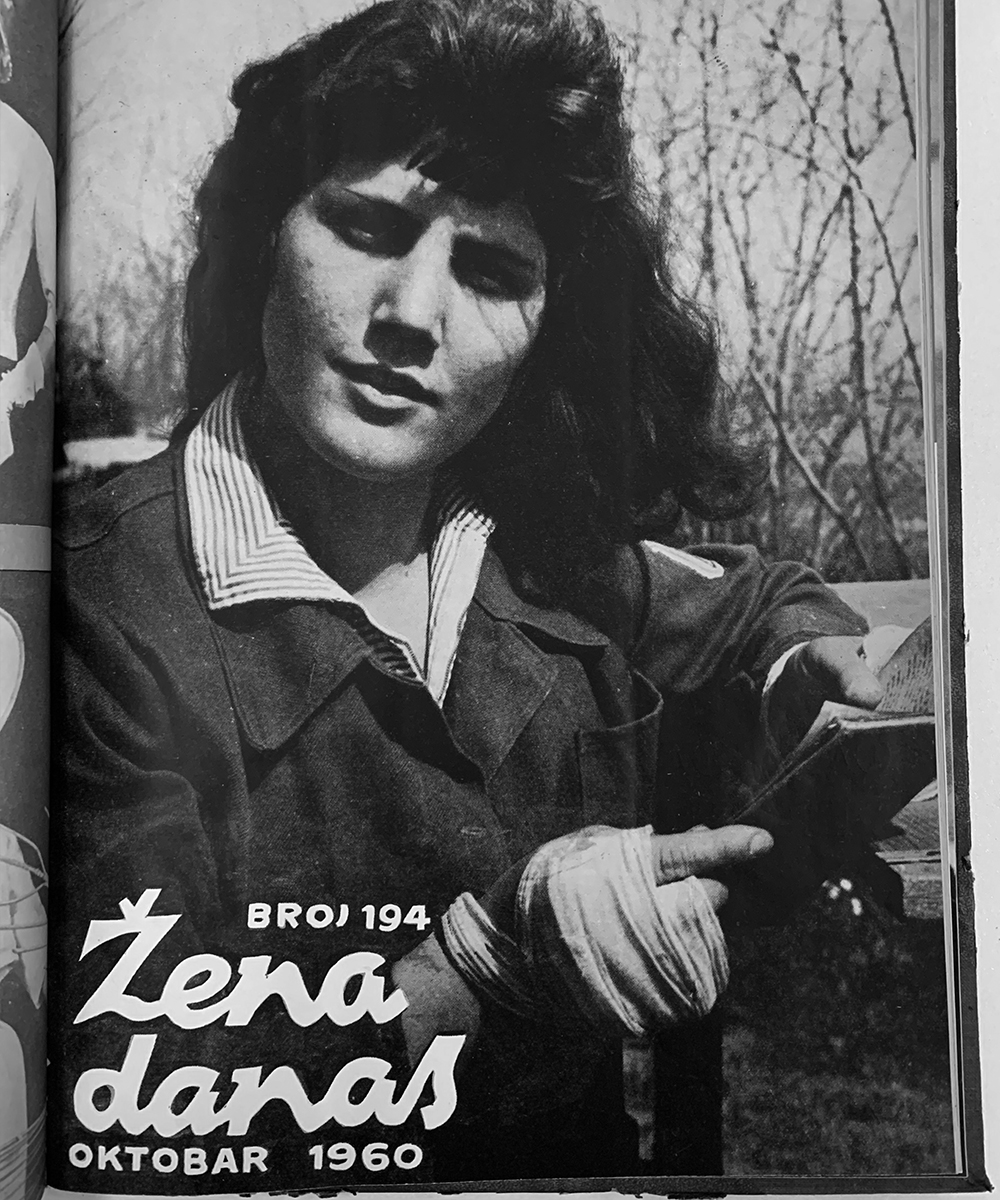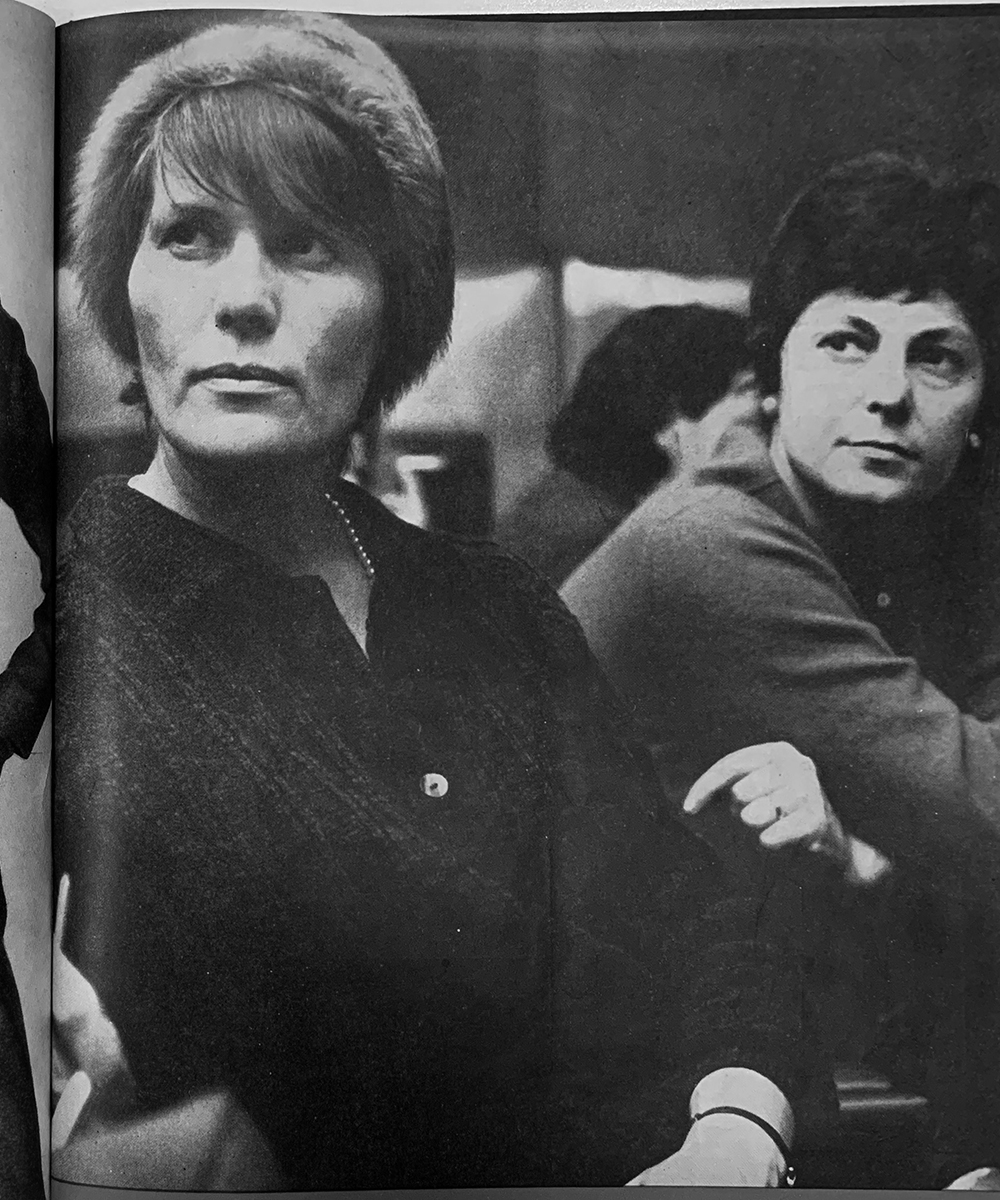On this project, we propose a revision and a comparison of the content of the so-called women’s magazines and publications printed from 1960 to the mid 1980’s in different cultural environments (until now, we could research Austria, the German Democratic Republic, Spain and Yugoslavia.
Historically, periodicals were (and are) used as a means to legitimise the political orientation towards the interior of the nation and its presentation to the outside world. On these periodicals, the representation of everyday life together with a certain ideology was something that the population was accustomed to and only with the distance that time gives us, we become aware of its nature.
In past and existing social systems, the ideologically coloured representation of the reality of life as well as the public given image of their society is an effective means of the political regime or the current government to legitimize the respective political orientation internally and to present it externally.
The objective of our project is to carry out an analysis of magazines from the same period in a relationship with their different socio-political contexts, a research of the past of our societies, extract the differences and similarities found in the photographs and texts to present to the public an example of the life of the previous generations and, in this way, open a dialogue about the ways, if any, the past is reflected in our time.
Kultur Leioa, 2020
In this first exhibition of the project we compare the GDR and Spain. These are the countries we are coming from, but the reason for selecting the GDR and Spain for the beginning of the project has also been because they were very different political systems: the GDR was a socialist country and Spain was under Franco’s national-catholic regime.
The aesthetics of propaganda in the GDR is particularly characterized by photography. It was used to generate a certain spectrum of staged image icons in order to convey both the technical and social progressiveness of the country, including e.g. modern, socialist architecture, technical achievements, marches and festivals, the positive representation of work and workers. Women in particular play a major role in this, they were shown exercising some profession (specially “typical male jobs”) or a socially important activity, emphasizing their naturalness and the compatibility of work and family life. The representation of happy, natural women should make a significant contribution to the visualization of a modern, progressive, equal, socialist society, so it is not surprising that the representation of women also played a decisive role in the staging of celebrations, festivals and anniversaries.
In Spain, the traditional division of roles between men and women and the especially conservative role of the national-catholic ideology were promoted during the Franco regime to consolidate a system of gender relations in which women were clearly ascribed to the private space and men to the public, especially in the economic sphere. So the Spanish magazines showed, above all, women as passive beauties in a role of wife-mother-housewife. The women were shown working, but in “traditionally women jobs”, e.g. teachers or secretaries. In general terms, these works were the previous stage to marriage and a they are often represented as good opportunities to get a husband.
